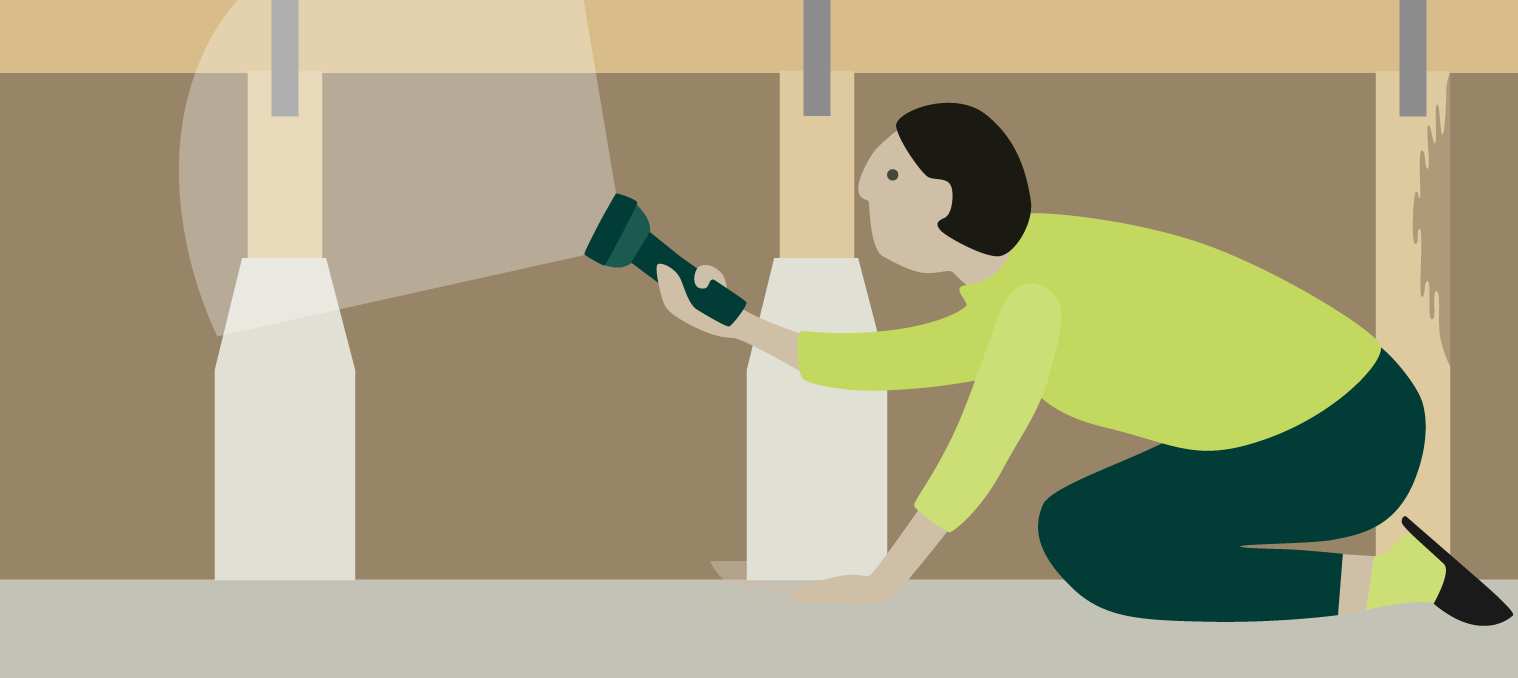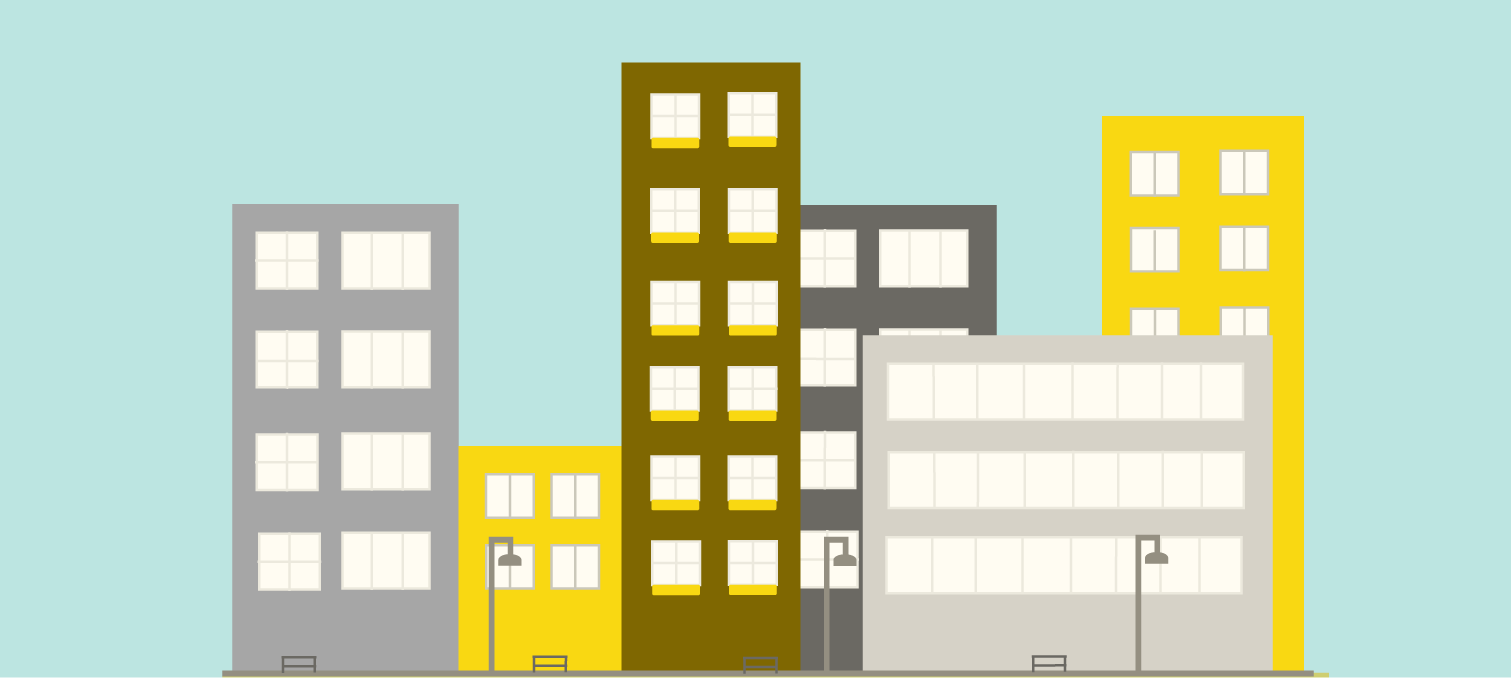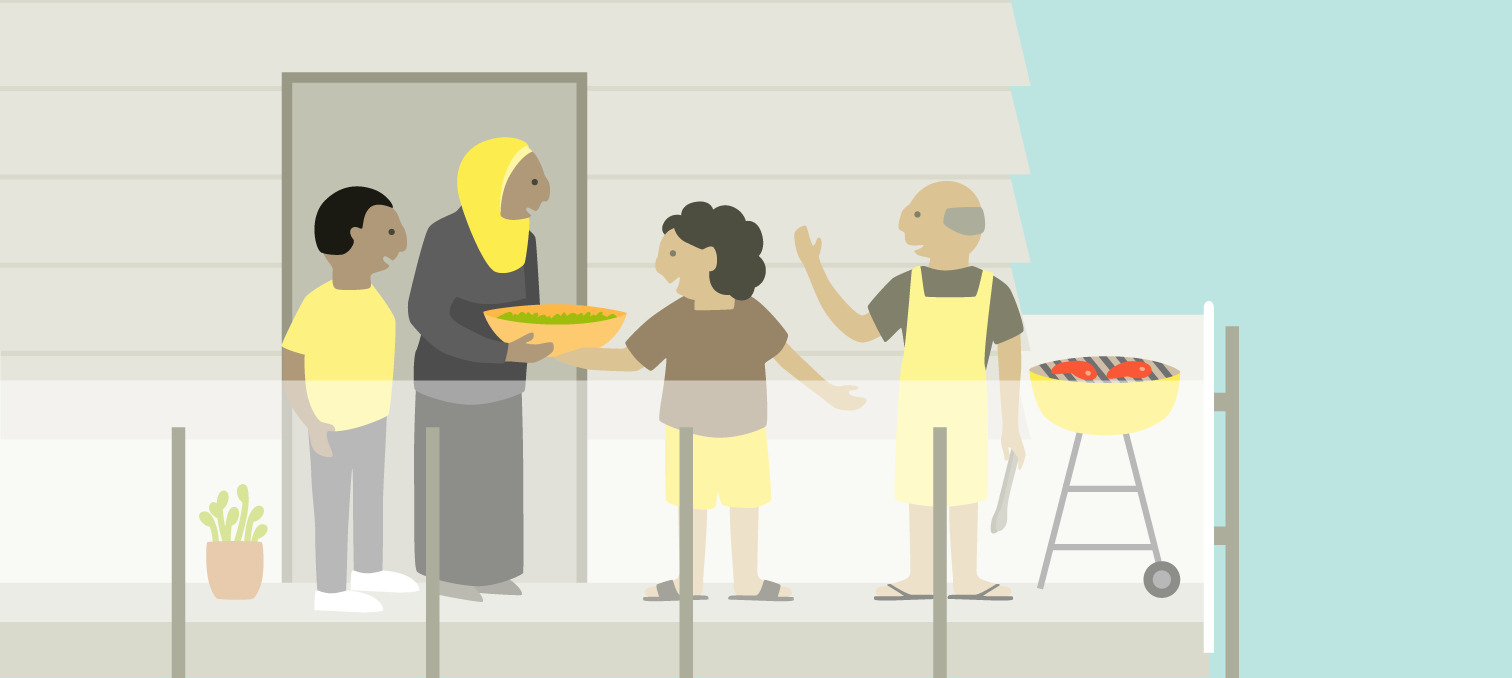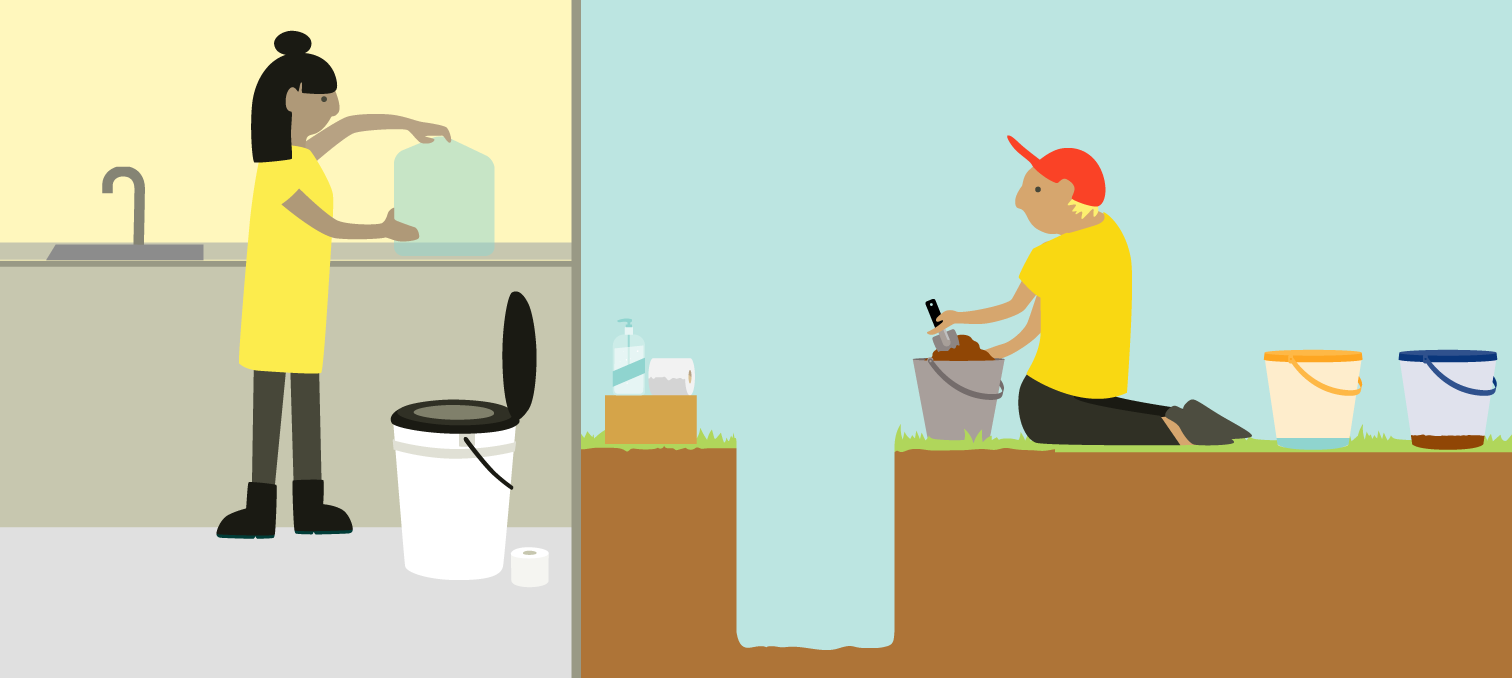
Get home ready with our resources below
Create a household plan
Having a basic plan in place will help keep you safer, connect with loved ones faster, and protect some of your most important assets.
Grab bags
A grab bag, or getaway kit, is a small backpack of essential items which you can take with you if you need to evacuate your home or work in a hurry.
Emergency Supplies
Ensure you have emergency supplies such as food and water stored to help get you through a major disaster.
Preparedness on a budget
Sometimes it feels like being prepared can be too hard and costly. But it doesn’t have to be. Being prepared is more than the supplies you have.
Store emergency water
Emergency water is the single best thing you can store to be more prepared for a major earthquake. You should have enough to last for 7 days.

Make your home safer
Making your home safer will reduce the damage caused by an earthquake and allow you to stay in your home.

High-rise buildings
People who live or work in high rise buildings face unique challenges during an earthquake. Learn about what to do before, during and after an earthquake.

Meet your neighbours
Your neighbours are your first source of support following a major disaster, so it’s important to get to know them now rather than later.

Emergency toilets
After an earthquake, don’t flush! The pipes that take away your wees and poos may be broken, so you’ll need to think about what you can use for an emergency toilet.




